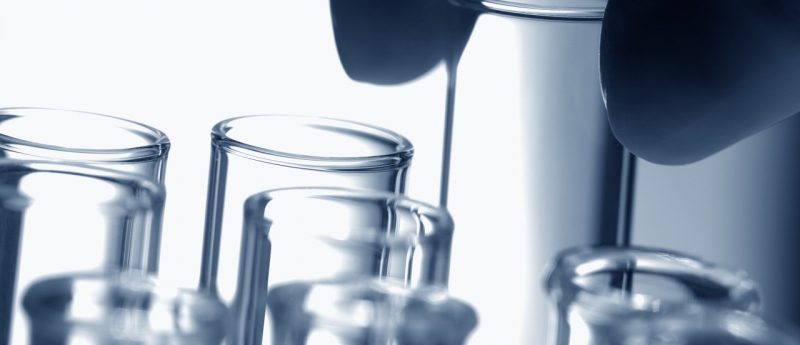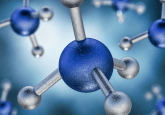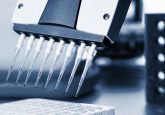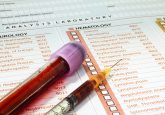Enzyme biomarker test could detect disease and infection

Researchers from the Institute for Global Food Security, Queen’s University Belfast (UK), have developed an enzyme biomarker test that could detect proteases in humans, animals and food, which indicate disease or bacterial contamination. The new test has the potential to save time and money.
Proteases are essential for microorganism growth and the progression of many diseases. Elevated protease levels are common in the urine of patients with diabetic kidney disease or at the site of infected wounds. The study, published in Nano Research, detailed the development of a gold-nanoparticle based nanosensor resulting in rapid, cost effective and highly sensitive protease detection in milk and urine.
“Not only is the test cheap to produce, but it can be used anywhere and is not reliant on laboratory conditions. Eliminating the need to carry out tests in a laboratory setting is life-changing. As well as being cost-effective, it means faster diagnosis,” explained Claire McVey, Queen’s University Belfast.
On detection of proteases, the nanosensor undergoes a visible color-change to a vivid blue in response to the oxidization of tetramethylbenzidine (TMB) by the gold nanoparticles. Addition of casein, a molecule found in milk, to gold nanoparticles forms a protective surface barrier that prevents oxidization of TMB resulting in no color change. Where proteases are present, the protective casein barrier is destroyed, exposing the gold nanoparticles, resulting in a color change to blue on the addition of TMB.
Cuong Cao, Queen’s University Belfast, commented: “When we add TMB to the casein-covered gold nanoparticles, we can tell virtually instantly if proteases are present by whether or not the solution turns blue. Normally such testing takes much longer.”
The new approach, tested on milk and urine, can detect proteases within 90 minutes without the need for expensive laboratory equipment and has the potential to be adapted for various other applications. Furthermore, the materials required to make the nanosensor are readily available and inexpensive – gold particles can be produced in abundance making this a cheap and time saving approach.
“Following full validation of this test, we would like to explore how we could expand the application to detect a host of other diseases or contaminated foods. This new approach will enable the identification of enzyme biomarkers at the point-of-care. It could change the landscape of how enzyme biomarkers are detected and diagnosed, making an impact not only on food safety, but on the diagnosis of enzyme-related illnesses among animals and humans. The potential scope for this test is huge,” explained Cao.
Christopher Elliott, Queen’s University Belfast, concluded: “The ability to diagnose disease or contamination quickly can have a huge impact on how serious problems can be dealt with. The ultra-low cost of the system will help reduce costs of testing and could transform the amount of testing performed in the developing world.”
Sources: McVey C, Logan N, Thanh NTK, Elliott C & Cao C . Unusual switchable peroxidase-mimicking nanozyme for the determination of proteolytic biomarker. Nano Res. 1–8 (2018); www.qub.ac.uk/News/Allnews/QueensUniversityresearchersdevelopnewtestthatcouldsavetimemoneyandlives-1.html






